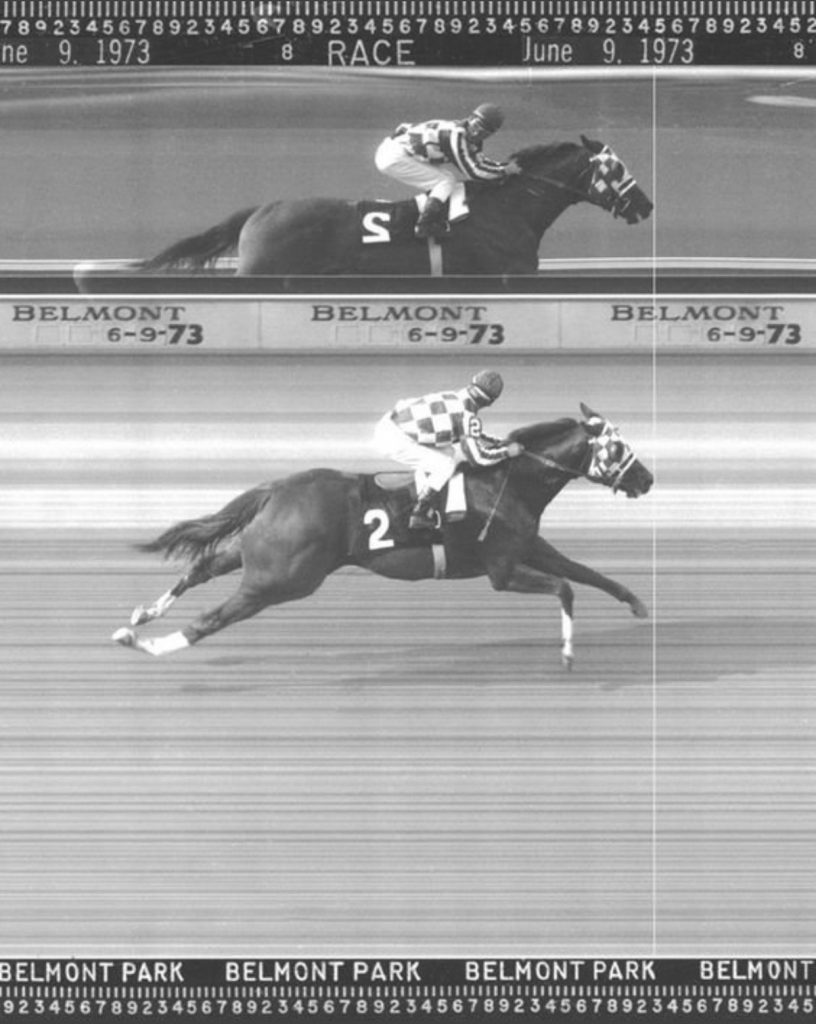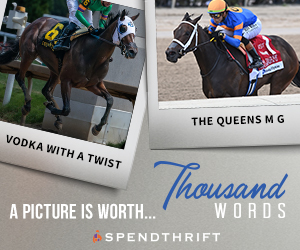
W.C. Fields once said,
“Horse sense is the thing a horse has which keeps it from betting on people.”
While the validity of his statement cannot possibly be supported from a logical perspective, its poetic irony is much appreciated in the sport of kings when betting on a racehorse is as inevitable as rain in a rainforest. But a smart bettor never picks just any horse nor is just any horse allowed on a racetrack. Before there can be a backed horse, it must pass the basic rules of conformation to even begin kicking up dirt on the track.
Conformation Defined
Conformation, simply put, is the arrangement of muscle, bones, tissue, and overall body structure that come together to create the horse and the resulting athletic ability of said horse. While the majority of horse buyers take conformation into great consideration, there are different ways to approach conformation that depend largely on the horse’s use. There is a significant difference between evaluating the conformation of a horse bought for the grandkids to play with and evaluating a horse considered for the races. For a racehorse to compete successfully and safely, conformation is incredibly crucial.
Naturally, a lot of emphasis for conformation is placed on the horse’s legs. The hind legs provide the propulsion forward and the front legs support the majority of the weight of the running horse. This in mind, there are specific requirements for the hind legs and the front legs in order to obtain optimum propulsion and weight support. Furthermore, these requirements will ultimately blend with one another and the rest of the horse’s body as a fully functioning system that keeps the horse’s limbs safe while running long and hard distances.
The Hind End
When considering the hind legs, the focus starts at the hip and works its way back. A triangle with equal sides should be able to form with the points being the top of the hip, the tip of the butt, and the stifle with the muscles distributed evenly and symmetrically. The hind legs are developed uniquely different than the front legs so there are two requirements for their angle. The hock cannot be too straight or too crooked; it should be able to have an imaginary straight line drawn up the length of the gaskin bone and to the point of the hip. From the rear view, the gaskin bone should slant slightly inwards between the stifle and the hock without turning the hock inwards as well. Working down the leg, the cannon bone should be shorter than the gaskin bone and align straight up with the point of the butt.
The Front End
Since the front legs support the majority of the weight, they are more susceptible to injury. That being said, given the front view of the legs, perfect alignment of all the bones in both front legs is almost non negotiable. The forearm should be longer than the cannon bone and the knee should not be set forward or behind when viewed from the side. The pasterns and the hooves should line up straight with the same angle to the ground as the shoulder. Additionally, the pasterns should be no longer than twice the length of the hooves.
Conformation: Pulling It All Together
To efficiently bring together the weight support and the propulsion , the horse should have a short back with the withers being around the same height as the top of the hip. Three imaginary lines can be drawn to give a visual test of how well the horse is balanced. One line starts from the tail and goes to the top of the hip, another starts at the top of the hip and stretches to the withers, and the last one starts at the withers and ends at the poll. All the lines should be somewhat aligned with each other for optimum balance with the neck’s line longer than the first two lines. The horse’s shoulder should be able to have a 40 degree line drawn across its slope as this will indicate the horse’s running stride. The neck should be longer than the back and set perpendicularly on the slope of the shoulder. The chest should not be deep and barreled and should not equal the width of the hips, although there should be deep space in the girth for the lungs to expand as they take in oxygen during a run.
Conclusion
Musculoskeletal injuries are the most common in racehorses and these mainly stem from conformation problems that can arise due to the young horse’s growing and changing body. Scientific studies have shown that conformation evaluations can and should be conducted as early as the foal stages so that intervention methods can be employed before permanent damage can take place. A human athlete with a known history of shin splints would not be expected by their coach to play every game without a problem. Preventative measures and therapeutic strategies would be employed to ensure the athlete can perform without much compromise to their shins. The same concept applies to racehorses and that is why conformation is so critical.
There are several factors to take in when considering a horse to train for racing, such as intelligence and their pedigree, but this article just focused on the physical aspects of the ideal racehorse. It is worth noting however that the pedigree and intelligence are just as important as both greatly influence the overall quality of the racehorse’s performance. These considerations aside, in a short summary, the ideal racer is a horse that is physically balanced from their poll to their pasterns.
Always check with Past the Wire for the latest horse racing news and more…..



